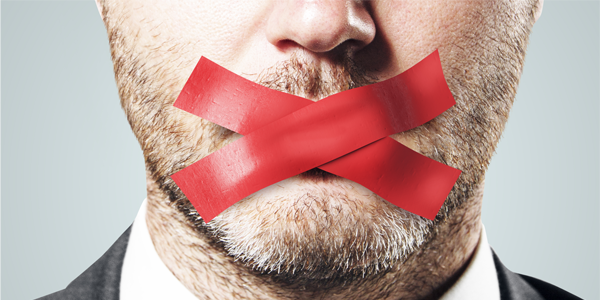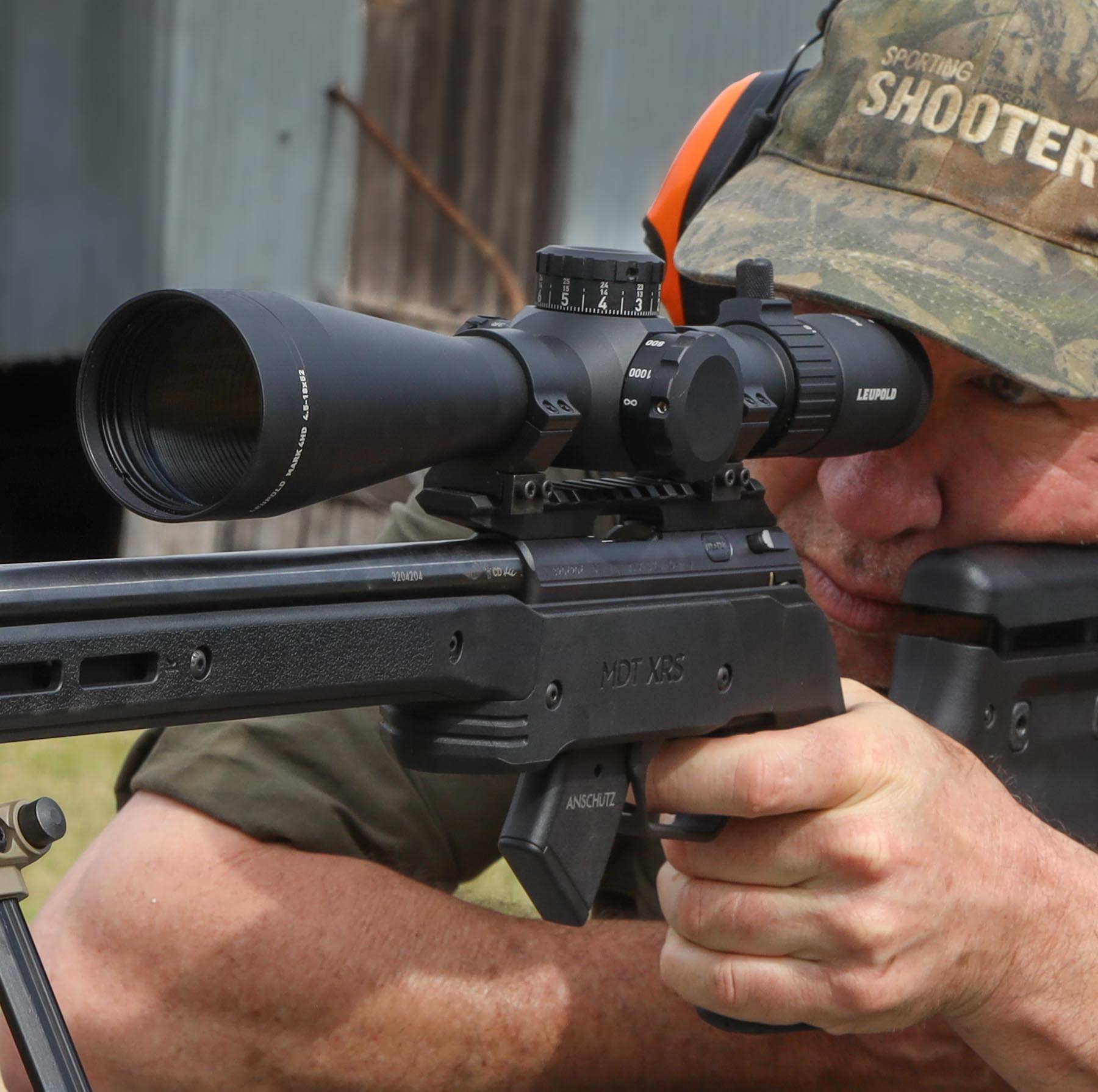Blog/Lt. Colonel Charles Umphelby MemorialLt. Colonel Charles Umphelby Memorial

Lt. Colonel Charles Umphelby MemorialLt. Colonel Charles Umphelby Memorial
Last updated: 03 Dec, 2024 | Author: https://www.nvacg.org.au/news/mar2020.pdf
Lt. Colonel Charles Umphelby was Australia’s highest ranking officer to die in the South African War.
Umphelby was well known throughout South Western Victoria as a junior officer and as Commanding Officer of Fort Queens cliff. He was in South Africa on secondment as a Special Service Officer.
During early February 1900 the course of the war changed when Lord Roberts and Kitchener arrived at Modder River, equipped with five divisions. Roberts' cavalry relieved Kimberley on 15 February 1900, and fearing encirclement the Boers abandoned their position at Magersfontein, falling back towards Bloemfontein, approximately 170 kilometres east, with Roberts's infantry following in their wake. The following day, Umphelby was sent to inspect Magersfontein, examining and reporting on the Boer defences and the results of two months of British shelling.
On 10 March 1900, as a column of Roberts' army advanced towards Driefontein, they encountered a Boer force blocking their route. Barker's 76th and 81st Battery's Royal Field Artillery (RFA) began providing direct fire support for an infantry attack on Driefontein, shelling Boer troops and artillery defending the Driefontein ridges. Umphelby's duties as Barker's staff officer was relaying orders to these two RFA battery's and helping to direct their movements and fire control. Barker's artillery opened fire when about 2,500 metres from the Driefontein ridges, before closing to a range of 1,800 metres. Firing shrapnel, they sought fire dominance, as a shortage of infantry ammunition was materializing during the British attack. At about 5.30 pm and nearing sunset, the artillery dashed forward into a hollow within less than 914 metres from the nearest Boers and reopened fire. Barker, and Umphelby and Major Onslow dismounted and initially stood together. Some Boer riflemen lay concealed on a ridge commanding this hollow and opened fire, raining a fusillade of bullets onto the batteries described by Barker as a 'terribly severe outburst of rifle fire'. Umphelby strung his horse reins through his left arm, and seated on an anthill next to Barker, examined the Boer position through his field glasses. In his right hand he carried a little riding whip, which he raised perpendicular above his head and with both hands held his glasses. This group, clustered together, with their horses presented an ideal target, albeit at long range. The bullet which struck Umphelby caught him just below his waist, a little on the front of the right side, and exited a little in rear of his left side, passing diagonally through the body and perforating his liver. Simultaneously, a second bullet hit his whip. The fusillade also wounded another officer nearby. First aid was administered and within five minutes Umphelby was carried by stretcher to a field hospital, 1½ miles away, by which point the battle was ending with a determined bayonet attack against the Boer position. He remained conscious yet bled heavily and received attention from Surgeon Major Pike. Word soon spread amongst the Australian contingent that Umphelby was wounded. He lingered throughout the night. Although not in visible pain, he complained of paralysis in his right leg. Wybrow sat with him while several futile attempts were made to nourish him with beef tea, brandy and other drinks, yet Umphelby retched. On Sunday morning he drank a little milk, and temporarily revived, was in high spirits, yet apparently unaware how critical his wound was. Lt C. A. Edwards (NSWAMC), however, saw a different picture. 'He was very glad to see me, was quite out of pain, and very cheerful. As a medical man I at once saw the gravity of the case'. Umphelby asked Edwards to 'Drop a line to the wife'. A London newspaper reported the next day that Umphelby had suffered a 'dangerous wound in the abdomen'. Another telegram sent by Umphelby to his family and Australia reassured them that he was 'doing well'. On the evening of 11 March 1900, Roberts' force resumed their advance, leaving the wounded behind. Umphelby was loaded into a wagon and moved to a new field hospital at a nearby farmhouse, about a ¼ mile away. As the wagon jolted over the broken ground he cried in agony and vomited blood. Now knowing that his end was near, he directed Whybrow to take charge of his personal effects, his watch, compass, purse, a locket containing family portraits and signet ring. He fell unconscious and died, just after 1 am on Monday 12 March 1900. He was survived by his wife and two daughters. He was buried along with other British Army fatalities from the temporary field hospital a few hundred meters away from the building which still stands, in one of the most isolated areas of rural South Africa.
In 1989, Dr Garth Benneyworth located an overgrown burial site containing the final resting place of seven British soldiers who, in a nearby field hospital and which building still stands, died of their wounds received in action on 10 March 1900, during the Driefontein action. Among the graves was that of Lt. Colonel CE Umphelby. Dr Benneyworth’s aim, since the 1990s, was to ensure the restoration of the burial site. This became possible in 2017, when as Head of Department Heritage Studies at Sol Plaatje University, Kimberley, he revisited the site in 2015 and again in 2017. Over the course of almost 115 years the burial site was never maintained and at risk of destruction by the environment. By 2017, animals had burrowed into the graves and excavated human bones which Benneyworth reburied. During the period 2015, since Benneyworth’s last site visit and the one of 2017, Mr. Sabata Tsoanyane had purchased the farm and, at his cost, fenced the cemetery. In 2018, Mr. Tsoanyane agreed to support further initiatives at this burial site. In 2017, Dr. Benneyworth contacted the Commonwealth War Graves Commission, South African Directorate who, after a site inspection, undertook to restore and maintain the site. In 2019, rock cairns marking the graves were stabilized, the boulders whitewashed and vegetation posing a risk to the graves removed, works undertaken by the Commission. It should be noted that Mr. Tsoanyane, had on prior occasions of his own volition, attempted to keep the area clear of encroaching vegetation.
Dr. Benneyworth, together with Australian individuals, raised funds to construct and erect a memorial at the site commemorating those soldiers buried there and another Australian soldier, Trooper WJ Abrahams who went missing in action and has no known grave. The fundraising project was led by MHHV Secretary, and Past President of the Fort Queens cliff Museum Association, Mr. Jason McGregor in Victoria. The memorial was constructed in Kimberley, South Africa and erected during the week of 7 October 2019, to align with the 120 anniversary commemoration of the South African War . (Anglo Boer War). The memorial was unveiled on 12 October 2019, during a ceremony organized by Dr Benneyworth and the Friends of the War Museum of the Boer Republics. Ms. Gita Kamath, the Australian High Commissioner to South Africa and non-resident accredited to Angola, Botswana, eSwatini, Lesotho, Mozambique and Namibia, joined the occasion.
Wreaths were laid by: Dr Garth Benneyworth, Ms. Gita Kamath, Mr. Stephen Nott and Mrs. Lauren Nott, on behalf of the Australian donors, Mr. Sabata Tsoanyane, the landowner. Mr. Tokkie Pretorius, CEO of the War Museum of the Boer Republics. Dr Arnold van Dyk, Chairperson of the Friends of the War Museum of the Boer Republics.
The reverse panel lists the donors and reads:
This memorial was funded and erected in 2019 by the following donors:
Dr Garth Benneyworth
Jason McGregor Stephen and Lauren Nott
Austin Bourke
John Morkham
James Mulholland
Dr Ian R Gardner
Dennis Weatherall
Paul Naish
Military History and Heritage Victoria
Northern Victorian Arms Collectors Guild
Queens cliff Bowling, Tennis & Croquet Association
The next phase of the project will see in 2020, interpretation panels, made from granite, erected at the site to contextualise the burial site as part of the overall Driefontein action. Additional funds will also be raised to create a sturdy and permanent fenced enclosure for the burial site.
Recent Blogs

Big Tech is Silencing Shooters & Hunters – Here’s What We Can Do About It
Last updated: 03 Feb, 2025
By: Gun Traders Australia

Review: Pulsar Axion 2 LRF XQ35 thermal monocular
Last updated: 17 Dec, 2024
By: Gun Traders Australia


